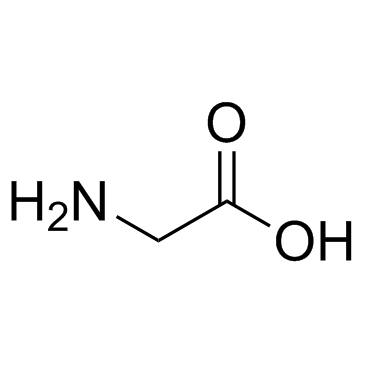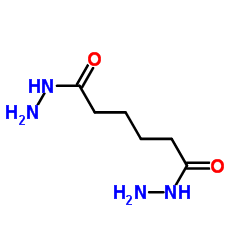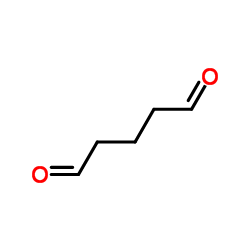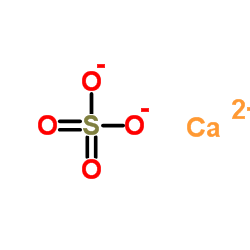| Structure | Name/CAS No. | Articles |
|---|---|---|
 |
Chloroform
CAS:67-66-3 |
|
 |
Hydrochloric acid
CAS:7647-01-0 |
|
 |
sodium chloride
CAS:7647-14-5 |
|
 |
Glycine
CAS:56-40-6 |
|
 |
Formaldehyde
CAS:50-00-0 |
|
 |
dichloroethane
CAS:107-06-2 |
|
 |
Adipohydrazide
CAS:1071-93-8 |
|
 |
glutaraldehyde
CAS:111-30-8 |
|
 |
Sodium deoxycholate
CAS:302-95-4 |
|
 |
Calcium sulfate
CAS:7778-18-9 |